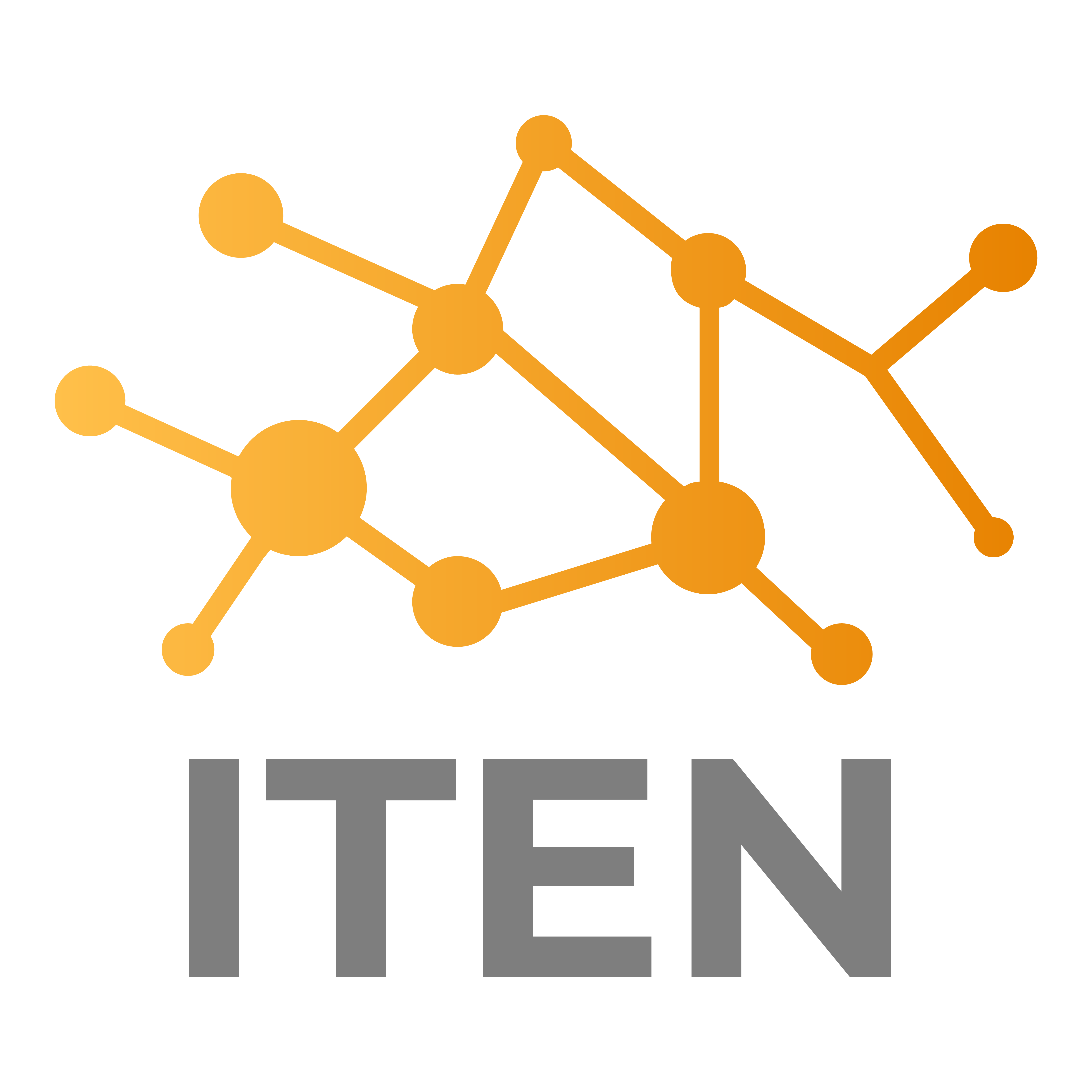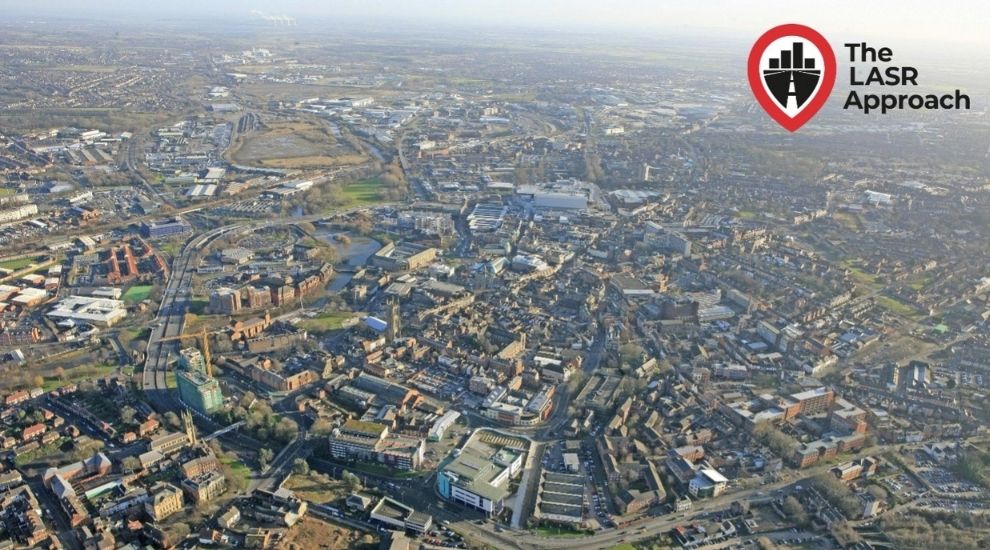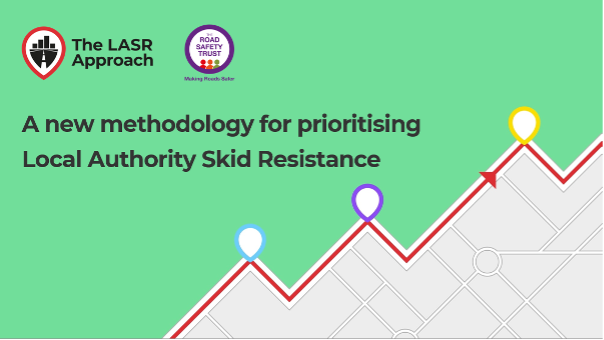Helen Viner of Enodamus, with XAIS asset management and Derby City Council, have recently secured funding from the Road Safety Trust (RST) to pilot a new approach to prioritising local authority skid resistance (LASR) improvements on local roads.
The LASR approach was developed in a previous project supported by the RST, which ran from April 2020 to April 2021. The team analysed data from 11 local authorities in West Yorkshire and East Midlands, leading to proposals for new (and generally lower) threshold levels for skid resistance investigations. Four categories were considered: ‘non-event’ lengths, bends / gradients, junctions and roundabouts. In a new approach to prioritising treatment, relationships from the analysis are used to estimate the benefit-cost-ratio, plus the recent collision history of each analysis length is used to assess the relative risk of future wet collisions.
The work was widely disseminated during the summer and autumn of 2021, receiving a DfT special recognition award through LCRIG and reaching the final in the Steve Berry Innovation category of the Highways Awards. The new approach is expected to target maintenance treatments in locations more likely to deliver safety benefits. However, it represents a significant shift from current practice and so the team has recommended a cautious approach to implementation. This pilot study has been devised to gather further evidence: Phase 2 of the project is again led by Derby City Council, with a further 9 local authorities taking part.
Each authority is in the process of running the LASR analysis on their network skid resistance data and they will look for opportunities to include some of the lengths highlighted as a priority in their 2022 maintenance programme. Similar sites will remain untreated as a comparison, enabling the effectiveness of the LASR approach in reducing collisions in wet conditions to be assessed. Where possible, similar comparisons will be drawn using sites identified using each authority’s current method.
It is hoped that the treatments will be in place by the summer 2022. The results will be followed up over the following year (and beyond), giving evidence on which to base a decision on further roll-out. Further details, including a complete description of the LASR analysis method and details of the Phase 2 pilot implementation, are available on the project website (www.lasr-approach.org). Helen and the project team would be happy to provide further details or answer queries from interested parties: please email [email protected] or contact any of the participants direct.



Recent Comments